Silk Road Artist Beiping Guo posing in front of his oil painting, Claudia. (Nikao Media)
Beiping Guo, renowned Chinese artist talks about the East and West link through his art at the Silk Road Exhibition – An Art Journey from Xi’an to Vancouver.
In our interview with Guo, he explained how the Canadian West Coast inspired his painting and the difference between Chinese and Western art techniques.
SILK ROAD TODAY: Why did you choose Canada?
BEIPING GUO: Canada, its people and the landscape are beautiful. Canada and China are really close and have strong ties and friendship.
SILK ROAD TODAY: What is the connection between the Silk Road and Canada?
GUO: This exhibition and our visit here is like an extension of the Silk Road. We cross the ocean from China to come here.
The Silk Road is a symbol of China’s interaction with the West. It started from Chang’an and onward to Greece. It’s a very long trade route.
SILK ROAD TODAY: Would you consider this exhibit as part of the new Silk Road exchange?
GUO: Yes. It’s our hope to do an exchange between China and Canada. This year is the Canada-China Year of Tourism.
Xian has a long history. Thirteen dynasties chose Xian as their capitals. My major was Chinese ink art and painting. I am also good with western art.
Oil painting has been practiced in China for 100 years. One of our group’s tasks here is to learn western art. Western art is reflected in our work here.
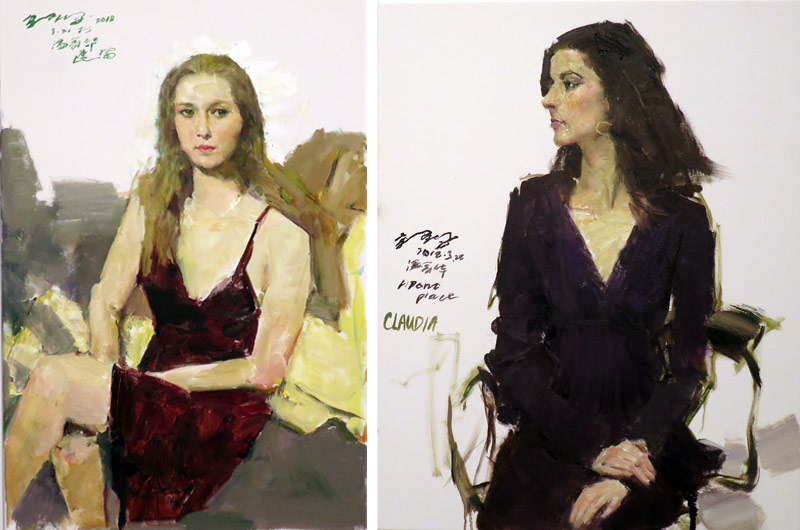
Chinese painting deems empty space as solid space, a Daoist and Buddhist influenced concept. (Nikao Media)
Our visit is to exchange art techniques. My first painting over there has Chinese art influences because I didn’t put any colour in the background.
In Chinese painting, “less is more”, you leave a lot of blank space. It’s very different from traditional western art that fills every inch of your work.
I try to integrate Chinese art with western art technique in my painting.
Guo’s Style of Art
Guo was featured on a special 32-episode TV series on East and West art in China. He has done many lectures on how to combine East and West into one art work.
His paintings blend the simple and natural appeal of China’s Northwest Yellow Land and the delicate expression of humanity in western classical oil painting.
Guo’s work has won him many awards. His work has been featured in prestigious venues including the National Museum of Fine Art in Beijing.
Guo is the current vice-president of the Oil Painting Academy at the Chinese National Academy of Painting, a tenured professor at the Xi’an Academy of Fine Arts, a doctoral advisor.
He is also a Chinese Oil Painting Society Director, Shaanxi Artists Association acting vice-chair and Huantu (Yellow Soil) Art School vice-president.
Lipont Place organized the Silk Road Exhibition held at their gallery in Richmond, British Columbia from March 29 – 31, 2018.
The exhibit also showcased the works of five other Western Chinese artists, namely: Lixian Zhang, Wangping Li, Guodong Han, Xiaoyang Yang, and Jianjun Ke.
The artists had the opportunity to practice their art; meet local artists, experiment with new materials, experience Canada’s beauty and capture it in their art during their 19-day tour of the west coast.
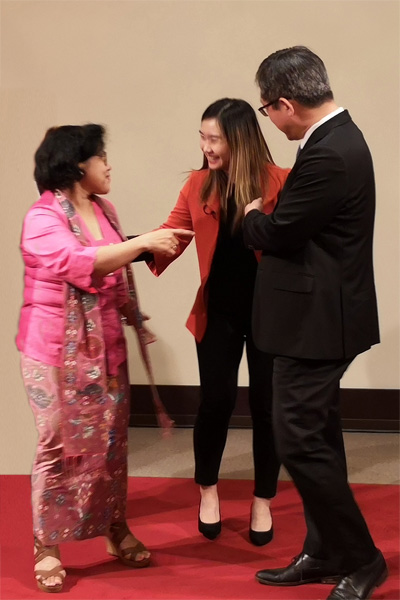
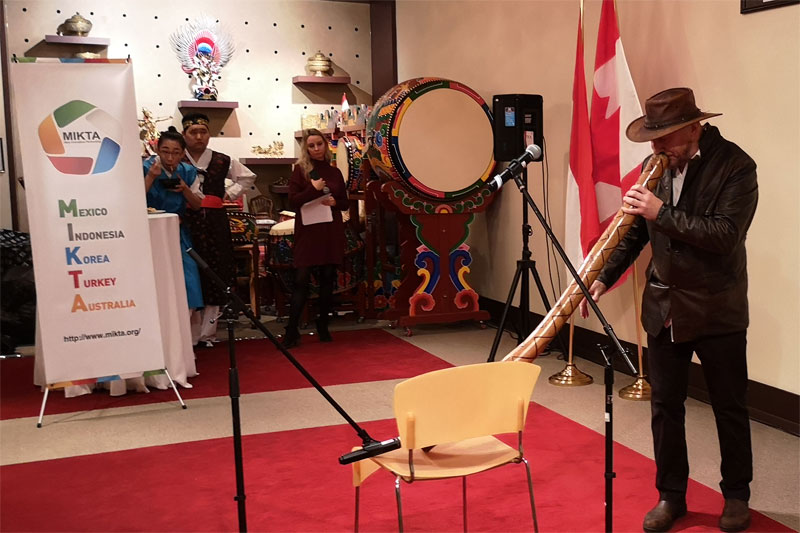

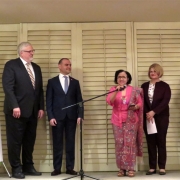 © Nikao Media
© Nikao Media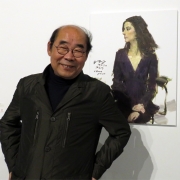 © Nikao Media
© Nikao Media